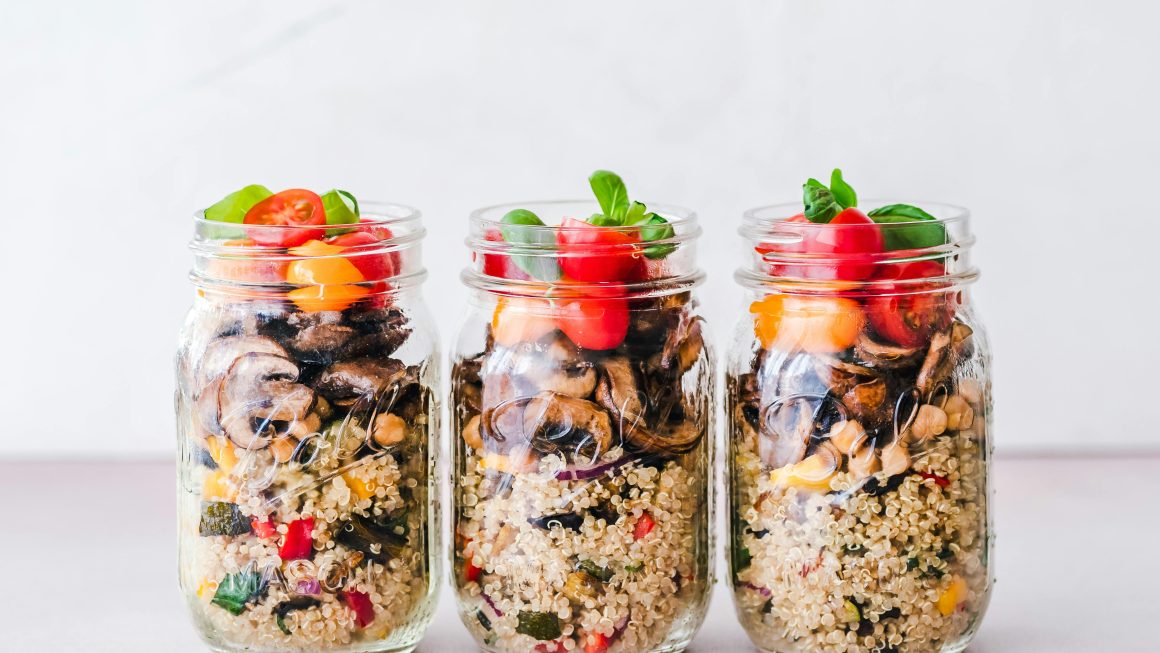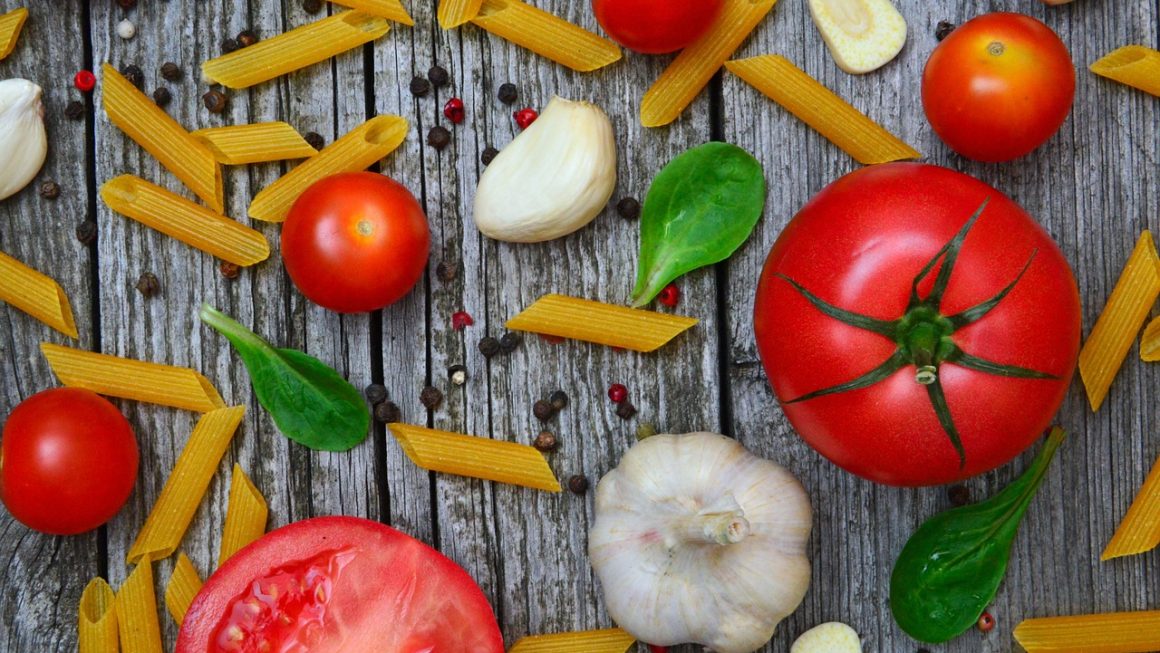Still can’t figure out the reason why you always feel tired, achy, or bloated?
Well, this can be due to chronic inflammation. Inflammation is the natural defense of your body. But when it becomes chronic, it can do some serious damage to your body.
It can damage healthy cells and cause heart disease, diabetes, arthritis, or even worse, cancer.
But here’s the good news: your food choices can turn it into incredible power to calm this internal fire.
Want to know what some food items are that you can test out in your routine to reduce inflammation?
Let’s find out.
What is Inflammation?
Let’s figure it out. Acute inflammation happens when your immune system fights off an injury or infection.
It’s a good sign, but chronic inflammation can reappear when triggered by poor diet, stress, lack of sleep, or environmental toxins.
This chronic disease can cause over 70% of deaths worldwide. That’s a serious reason to rethink what type of food items you should be taking in.
The Science of Food and Inflammation
Your food choices can either act as the best medicine, or they can trigger the worst inflammation.
Consuming processed foods high in sugar, refined carbs, or unhealthy fats can release inflammation chemicals in your body.
On the other hand, if you consume whole foods rich in antioxidants, omega-3 fatty acids, and fiber, it can neutralize free radicals and reduce inflammation. The quick fix? Adding more anti-inflammatory food items to your diet to reduce inflammation.
As per research, the Mediterranean diet can help you overcome inflammation. It contains olive oil, fish, fruits, and vegetables. This can lower inflammation, such as C-reactive protein (CRP), by as much as 20–30%.
Anti-Inflammatory Foods You Can Add to Your Diet
Your anti-inflammatory plate should be as colorful as it can be. Think of all the vegetables and fruits you can add to your plate. Let’s take a look at what an anti-inflammatory diet should look like:
- Fruits & Vegetables: Go for colorful ones like blueberries, cherries, spinach, kale, and broccoli. Packed with antioxidants, these foods come with free radicals.
- Healthy Fats: Adding in extra virgin olive oil, avocados, nuts, and seeds provides heart-healthy monounsaturated fats. Fatty fish like salmon, sardines, and mackerel contain omega-3s that actively fight inflammation.
- Whole Grains & Legumes: Quinoa, oats, lentils, and beans are packed with fiber that helps nourish your gut and lowers CRP levels.
- Herbs & Spices: Turmeric, ginger, garlic, and cinnamon are powerful natural anti-inflammatories.
- Drinks: Green and black teas contain polyphenols that reduce inflammation and support gut health.
Foods & Habits to Limit Inflammation
You don’t have to adopt a strict diet; you just have to be more mindful to limit inflammation. Here’s how:
- Processed and fried foods
- Sugary snacks and drinks
- Refined carbs like white bread and pasta
- Red and processed meats
- Oils high in omega-6 fats (soybean, corn, safflower)
- Excess alcohol
These food items can increase inflammatory markers by up to 60%, so swapping soda for green tea is a small change that offers big benefits. Explore more anti-inflammatory food items to revamp your eating choices.
One-day Anti-Inflammatory Meal Plan
Breakfast: Overnight oats with chia seeds, blueberries, and almond butter
Lunch: Quinoa salad with leafy greens, roasted chickpeas with olive oil dressing
Snack: A handful of walnuts and a cup of green tea
Dinner: Grilled salmon with turmeric-spiced lentils and steamed broccoli
Simple, flavorful, and anti-inflammatory from start to finish.
Lifestyle Factors That Actually Support Anti-Inflammatory Diet
Food is key, but it’s not the whole picture.
Inflammation is also influenced by sleep, stress, and activity levels.
- Aim for 7–8 hours of sleep a night.
- Get regular exercise (even a brief 30-minute walk helps).
- Practice mindfulness or yoga to reduce stress hormones that fuel inflammation.
Studies show that chronic stress can raise inflammatory cytokines by 40%. Even if your diet is perfect, balancing your lifestyle is all that matters.
Practical Tips to Get Started With an Anti-Inflammation Diet
- Shop smart: Fill your cart with whole and colorful foods.
- Cook simply: Skip frying and roast, grill, or steam food to make it less oily and more healthy.
- Swap gradually: Replace white rice with quinoa, soda with herbal tea, and vegetable oil with olive oil.
- Eat the rainbow: Aim for at least six half-cup servings of fruits and veggies daily.
- Mind your fats: Balance omega-6 and omega-3 intake. Add more salmon and fewer processed oils.
- Plan ahead: Meal prep for busy days to avoid last-minute unhealthy choices.
Bottom Line
Chronic inflammation may be silent, but its effects are powerful.
By filling your plate with colorful plants, healthy fats, and whole foods, you can lower inflammation and protect your health from the inside out.
It’s not about perfection; it’s about progress, one delicious, nourishing meal at a time.
Start small today, and see what difference does an anti-inflammatory diet can make to your body.




